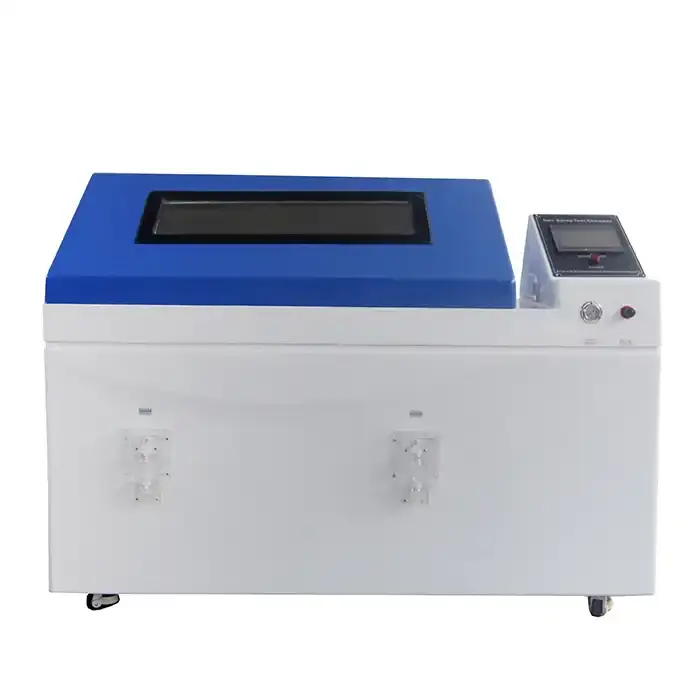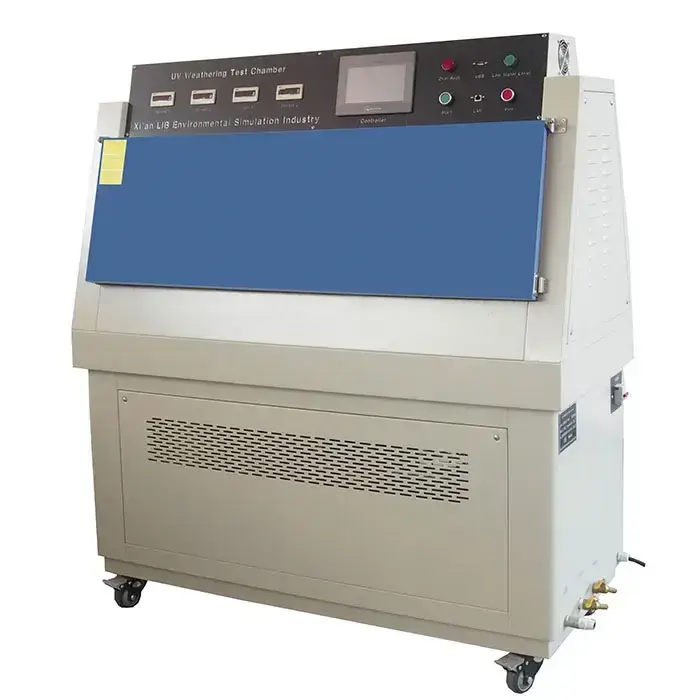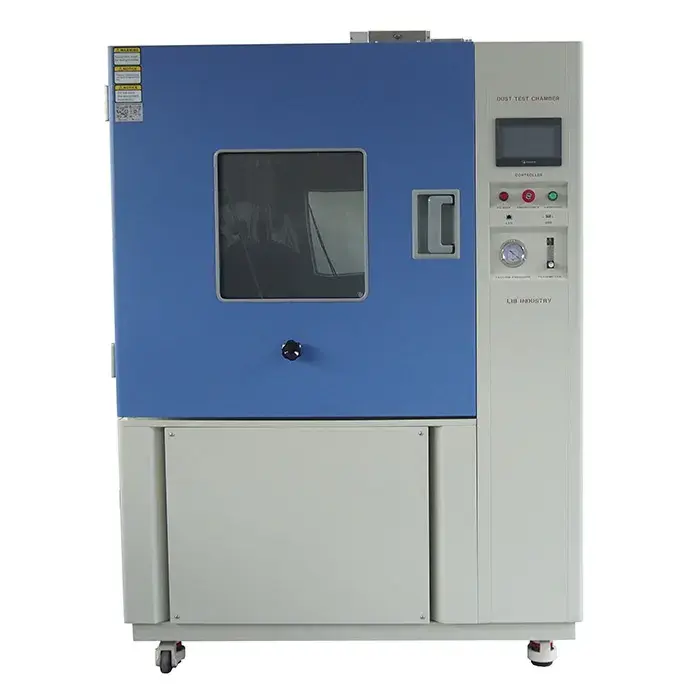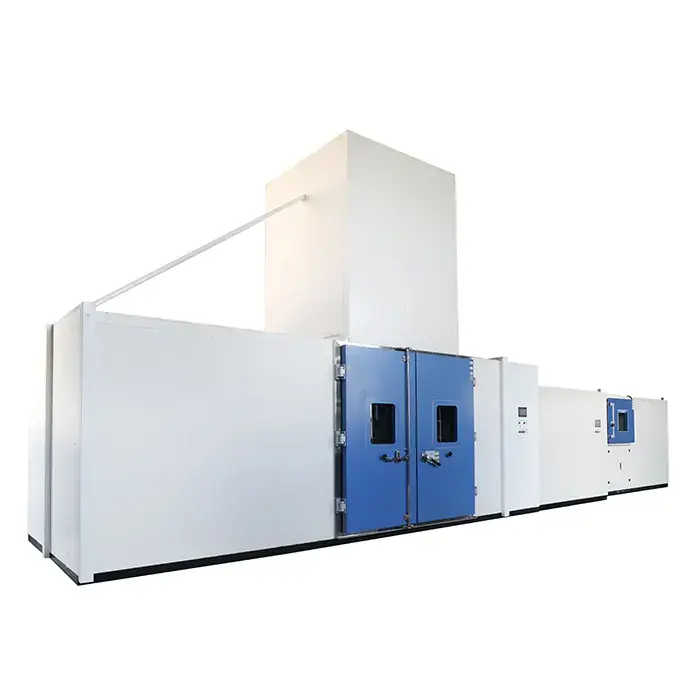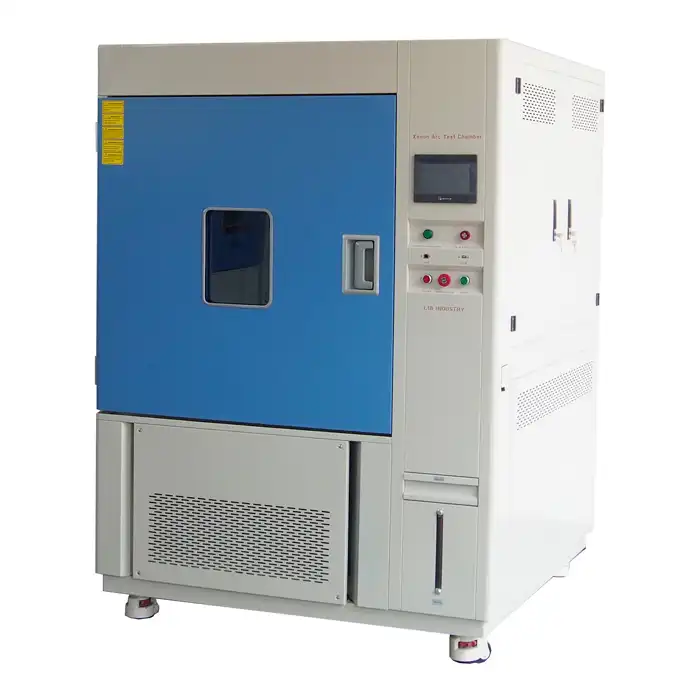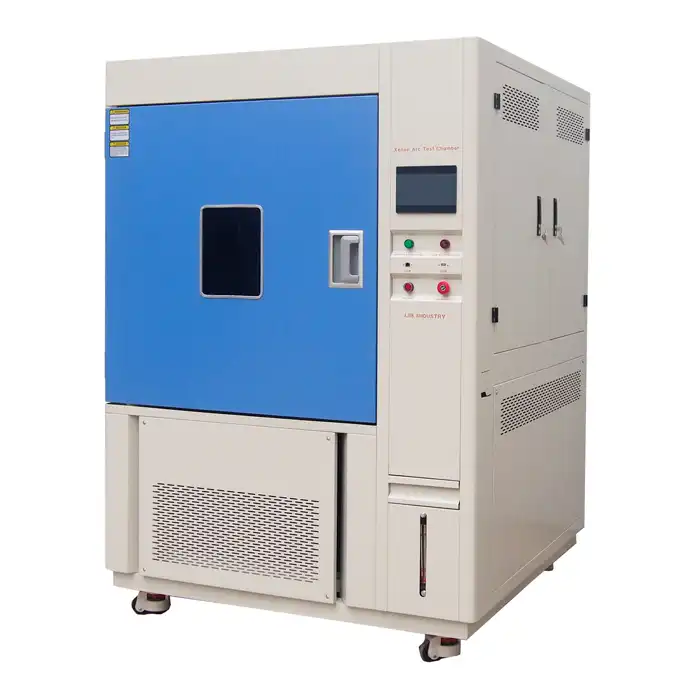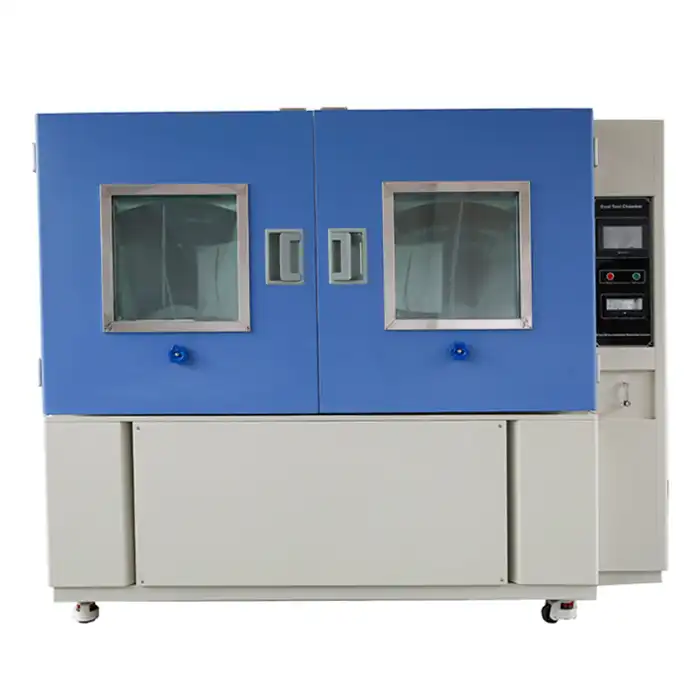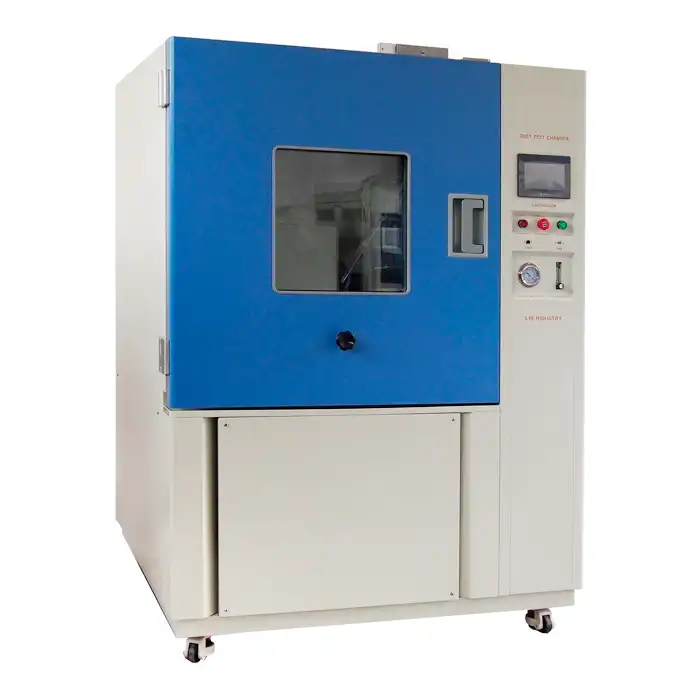how humidity is controlled in stability chamber?
Steadiness chambers assume a vital part in evaluating the sturdiness and execution of items and materials across different ecological circumstances. Among the basic factors oversaw inside these chambers, stickiness stands apart as a critical variable impacting the strength and unwavering quality of test tests. Moistness control is carefully kept up with to recreate true circumstances precisely. This is normally accomplished through particular stickiness chambers prepared to manage dampness levels with accuracy. These chambers utilize progressed sensors and control frameworks to change dampness levels as indicated by determined boundaries, guaranteeing consistency all through the testing system.
Exact dampness control is essential since varieties can fundamentally influence test results. Exorbitant mugginess might speed up corruption or advance microbial development, compromising the honesty of tests. On the other hand, inadequate moistness probably won't duplicate genuine natural circumstances, prompting incorrect experimental outcomes. Subsequently, keeping up with ideal mugginess levels is fundamental for creating solid information that reflects item execution over the long haul. In conclusion, achieving reliable test results necessitates precise humidity control in stability chambers, which is made possible by specialized humidity chambers and cutting-edge control technologies. It empowers makers and analysts to evaluate how items endure ecological difficulties precisely, guaranteeing quality, security, and sturdiness under true circumstances.
Understanding the Role of Humidity Chambers
Mugginess chambers, likewise alluded to as environment or natural chambers, are meticulously designed to repeat exact ecological circumstances, enveloping temperature and moistness levels. These chambers assume a crucial part in different ventures, including drugs, gadgets, and food, where the soundness and dependability of items are delicate to ecological elements. These particular chambers use complex control frameworks and sensors to manage stickiness precisely, mirroring certifiable circumstances with high loyalty.
By establishing controlled conditions, they empower analysts, makers, and quality affirmation experts to lead thorough testing and approval of items. For example, in drugs, stickiness chambers guarantee that prescriptions stay powerful and stable under differing climatic circumstances. Likewise, in hardware, these chambers evaluate how parts act in sticky conditions, imperative for unwavering quality and life span.
The capacity to reenact and control mugginess unequivocally is basic, since deviations can think twice about results and item quality. By keeping up with consistency in stickiness levels, moistness chambers work with solid information assortment and examination, supporting informed choices in item advancement and quality control processes. At last, these chambers contribute fundamentally to guaranteeing that items satisfy severe guidelines for execution, security, and sturdiness in assorted ecological settings.
Key Functions of Humidity Chambers:
Simulation of Real-World Conditions: Humidity chambers replicate the exact conditions that products will face in the real world, ensuring that they can endure various climates and environments.
Regulation of Humidity Levels: Precise control of humidity levels is crucial to avoid condensation, prevent microbial growth, and ensure the consistency of testing conditions.
Consistency and Repeatability: Stability testing requires consistent and repeatable conditions to produce reliable data, which humidity test chamber are specifically designed to provide.
How Humidity Control Works in Stability Chambers
Controlling humidity within stability chambers involves several key components and processes. Here’s a closer look at how these chambers maintain the desired humidity levels:
Humidity Sensors:
Function: Humidity sensors continuously monitor the moisture levels inside the chamber.
Types: Common types include capacitive, resistive, and thermal conductivity sensors, each with its own method of measuring humidity.
Accuracy: High-precision sensors ensure that even slight variations in humidity are detected and corrected.
Humidity Generators and Dehumidifiers:
Humidification: To increase humidity, chambers use humidifiers that introduce water vapor into the air. This can be done through ultrasonic, steam, or spray humidifiers.
Dehumidification: To decrease humidity, dehumidifiers remove moisture from the air, typically using refrigeration coils, desiccant materials, or adsorption techniques.
Control Systems:
Automated Control: Advanced control systems use feedback from humidity sensors to adjust the operation of humidifiers and dehumidifiers automatically.
PID Controllers: Proportional-Integral-Derivative (PID) controllers are often used to maintain precise humidity levels by calculating the difference between the desired set point and the actual humidity, then adjusting accordingly.
User Interface: Modern chambers feature user-friendly interfaces that allow operators to set and monitor humidity parameters easily.
Importance of Precise Humidity Control
Accurate humidity control in stability chambers is crucial for several reasons:
Product Integrity:
Pharmaceuticals: Incorrect humidity levels can cause chemical reactions, degradation, or contamination of pharmaceutical products.
Electronics: Excess moisture can lead to corrosion, short circuits, or failure of electronic components.
Food Products: Humidity affects the shelf life, texture, and taste of food products, making precise control vital for quality assurance.
Compliance with Standards:
Regulatory Requirements: Industries such as pharmaceuticals and electronics are subject to strict regulations that mandate specific environmental testing conditions, including humidity levels.
Quality Control: Consistent humidity control ensures that products meet quality standards and perform reliably in the market.
Research and Development:
Innovation: Accurate and repeatable humidity conditions enable researchers to develop and test new products under controlled environments, accelerating innovation.
Data Integrity: Reliable humidity control ensures the validity of experimental data, which is essential for scientific research and product development.
Conclusion
In synopsis, stickiness chambers are imperative devices in solidness testing, establishing exceptionally controlled conditions that precisely imitate true circumstances. The exact administration of dampness levels is basic for safeguarding item honesty, sticking to administrative necessities, and driving progressions in innovative work. These chambers empower ventures to lead intensive and reproducible tests that evaluate how items perform under different natural burdens, guaranteeing they fulfill severe quality guidelines.
Businesses can improve their capacity to deliver products that are dependable and long-lasting across a variety of crucial industries, including food, electronics, pharmaceuticals, and others, by mastering the intricacies of humidity control in stability chambers. Eventually, the experiences acquired from such testing contribute altogether to advancement and the general improvement of item quality and security.
Because humidity chambers provide controlled environments that accurately replicate real-world conditions, they are essential instruments in stability testing. Products meet stringent quality standards and comply with regulations when humidity levels are precisely controlled, which encourages industry-wide advancements in R&D.
For more information about humidity test chamber and how they can benefit your stability testing needs, feel free to contact us at info@libtestchamber.com. Our experts are ready to assist you with tailored solutions that meet your specific requirements.



